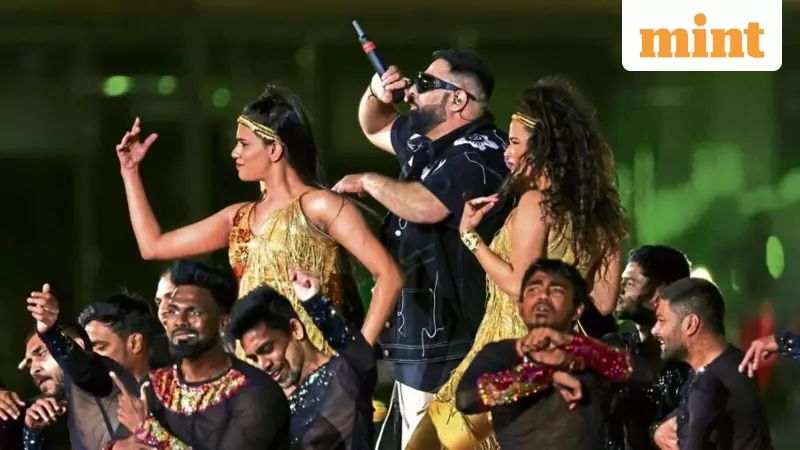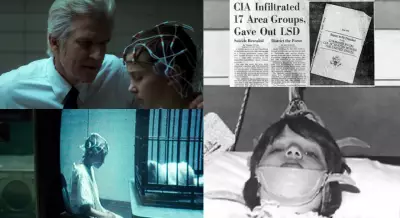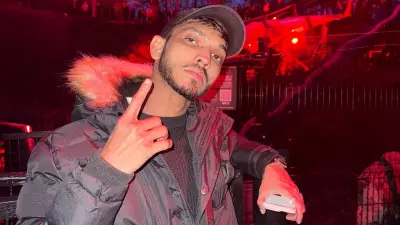
In the mid-2000s, India's independent rock music scene operated like an exclusive club with arbitrary rules. This community, largely composed of disaffected youth in their late teens to mid-20s, fiercely guarded its boundaries against perceived commercial corruption.
The Unwritten Rules of Indie Purity
Embracing modern technology could get a band ostracized. Bringing a laptop on stage to create electronic beats was considered a jailable offense. Early adopters like Orange Street or Pentagram—where Vishal Dadlani began before becoming a Bollywood composer—faced direct hostility from audiences.
"You're a sellout" was the ultimate accusation, often accompanied by thrown water bottles. This concept of selling out dominated niche online messaging boards, though its definition remained frustratingly vague. It represented an abstract combination of integrity, artistic morals, authenticity, and intention—a conceptual word soup that allowed scenesters to police their community without clear guidelines.
The rules were numerous but abstract. Any band actively pursuing financial success faced accusations of compromising their art. Television appearances, especially on commercial music channels like MTV and Channel V, were met with disdain. Musical experimentation beyond abrasive rock or metal, particularly east-west fusion or Hindi lyrics, provoked the infamous "BC-MC" chants from Mumbai audiences.
The Siege Mentality and Its Eventual Thaw
This siege mentality—us versus them—found its easiest targets in English music channels. MTV became the stand-in for all that was impure in music, playing what scenesters considered inauthentic commercial fare like Eminem, Britney Spears, and what they deemed the "watered down" version of Metallica.
But around the mid-2000s, relationships began softening. Several factors drove this cultural shift: Iron Maiden's landmark India performance, emerging social media enabling artist-fan connections, and changing programming on music channels. Luke Kenny began featuring more daring rock music on Channel V, which also launched the 2007 reality show Launchpad—heavily criticized but aspirational for many bands.
The two worlds—indie and mainstream—were tentatively meeting in the middle. While still viewed with suspicion, a cautious embrace began replacing outright hostility.
The New Normal: Commerce Without Judgment
Today, the concept of selling out has virtually disappeared. Artists face no judgment for commercial collaborations that would have sparked scandals fifteen years ago. Parekh & Singh's music features in Spinny ads with Sachin Tendulkar, Ankur Tewari scores for Bollywood's The Archies, and Vishal Dadlani—once targeted for his Bollywood move—is now a respected composer.
Digital distribution fundamentally changed the landscape. From file-sharing to streaming services, artists no longer apologize for crossing over. The hugely popular Indian hip-hop movement exemplifies this shift, with its entrepreneurial mindset inspiring respect rather than criticism.
Hustle culture has further normalized commercial aspirations. Making money is no longer seen as antithetical to art but as an aspirational goal. With tech bros as pop culture icons and social media celebrating financial success, audiences have become less judgmental about commercial collaborations.
But this evolution raises new questions. Have we overcorrected? With numbers now dictating trends and the old safeguards gone, what happens to the art we consume? While obscure experimental movements still value grandiose notions of purity, their space appears to be shrinking in today's commercial landscape.





